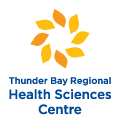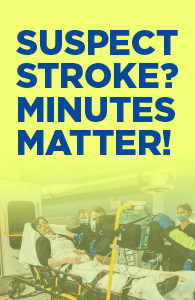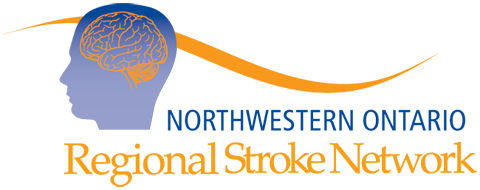What’s New in Hypertension (High Blood Pressure)

Hypertension also known as high blood pressure is a long term medical condition in which the blood pressure in the arteries is persistently elevated (1). High blood pressure usually does not cause symptoms. Long term high blood pressure, however, is a major risk factor for stroke as well as other chronic conditions such as coronary artery disease, heart failure, peripheral vascular disease, vision loss, and chronic kidney disease (2). Each year Hypertension Canada with a volunteer network of health experts, reviews new research on blood pressure and then publishes the national hypertension clinical practice guidelines to keep Canada’s health care professionals updated on evidence based best practice. They are published with information for both health care providers and people living with hypertension (2016 Canadian Hypertension Education Program Guidelines [CHEP}) available at www.hypertension.ca. Health care professionals can obtain a quick synopsis of the new guidelines by viewing the following website: Hypertension – Guidelines or the mobile app at the App Store called “Hypertension Canada CHEP Guidelines”
An interesting highlight for the 2016 edition this year is the promotion of the use of automated home and office blood pressure monitors. New research has found that automated blood pressure are preferred over manual blood pressure testing (using a stethoscope), due to greater consistency of accuracy.
Automated blood pressure monitors, if used in the office setting by health care providers, are more accurate with repeat testing, one minute apart, taken with no health provider present in the room. This reduces the impact of “white coat syndrome”, where some people have elevated blood pressures when measured with a health care provider in the room. Multiple blood pressures (up to 6 readings, which are then averaged) can provide a more realistic blood pressure reading. This is useful in determining a diagnosis of blood pressure as well as determining the response to lifestyle and medications when treating blood pressure.
Home blood pressure monitoring is also advocated as it helps determine blood pressure trends. A suggestion is to test on numerous occasions, a week prior to an established visit with your health care provider. You can then document the blood pressure results and review the blood pressure readings with your health care provider.
When purchasing a home blood pressure monitor it is recommended to purchase a monitor with a logo indicating endorsement from the Canadian Hypertension Society. For more information on checking your own blood pressure, check out the following web site for Hypertension Patient Resources. This site has excellent information on managing blood pressure, log sheets, information on dietary sodium and more.
For more information on blood pressure, and what you can do to optimize your blood pressure with lifestyle , check out the following excellent Canadian resources available on the web such as Heart and Stroke Foundation. This site has an excellent health e-tool called My Blood Pressure Action Plan.
References:
- Get Your Blood Pressure Under Control (retrieved August 4, 2016)
- Lackland, DT; Weber, MA (May 2015). “Global burden of cardiovascular disease and stroke: hypertension at the core.”. The Canadian journal of cardiology. 31 (5): 569–71.






